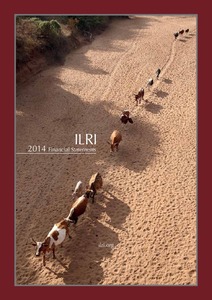ILCA Botswana. A record of origin and activities, 1977-1981
Records the history of ILCA's involvement in Botswana between 1977 & 1981, w. emphasis on the monitoring of the operational aspects of the Tribal Grazing Land Policy, particularly regarding the implementation of the Second Livestock Development Project, and the monitoring of range, livestock performance, ranch economics, socio-economic activities and the operations of the Nojane ranches; reviews other ILCA activities, particularly research collaboration w. scientists of the Animal Production Research Unit (APRU).










